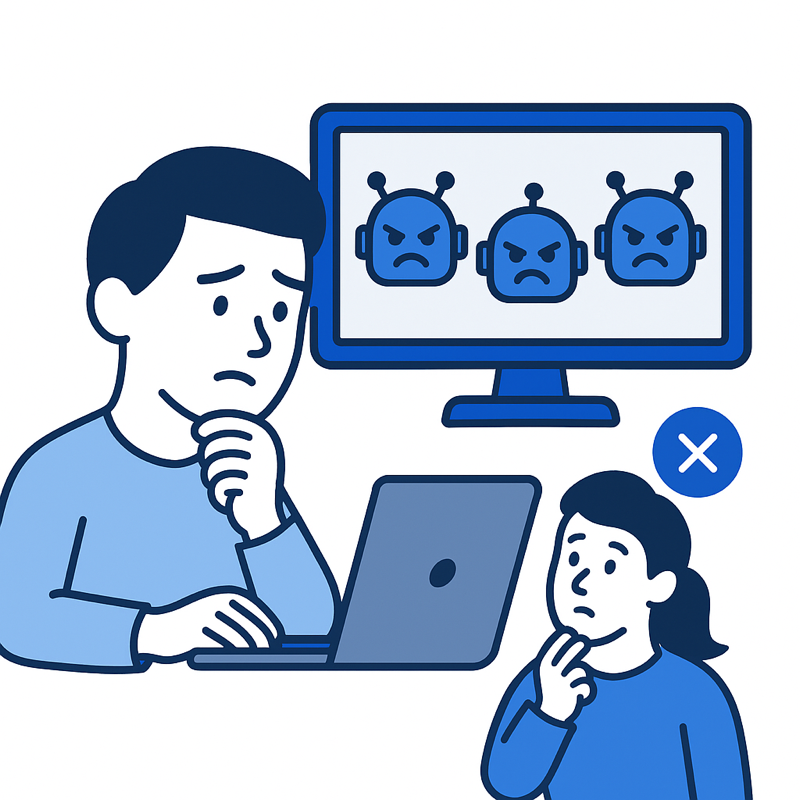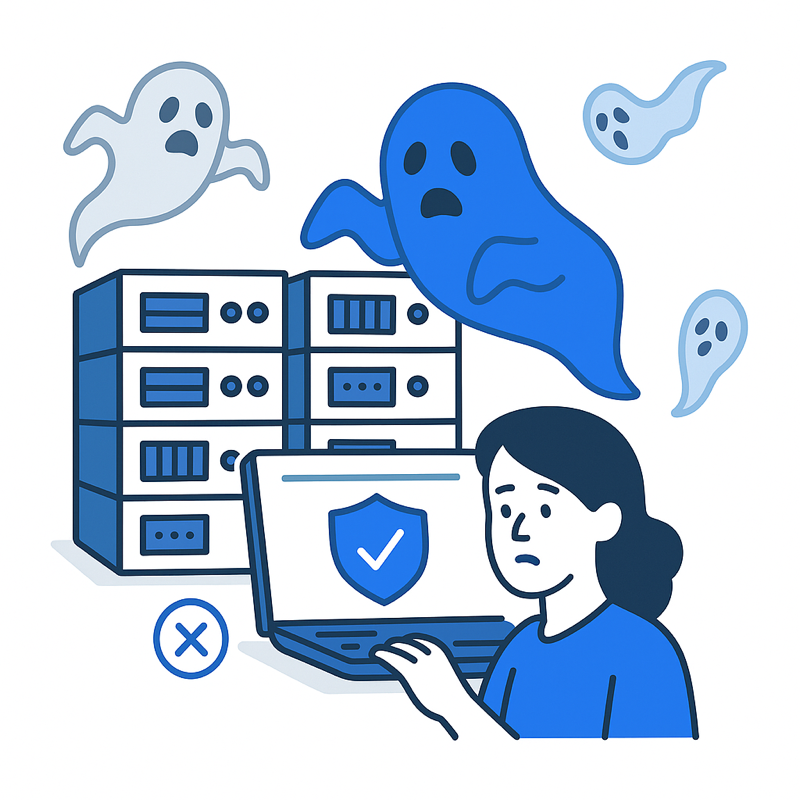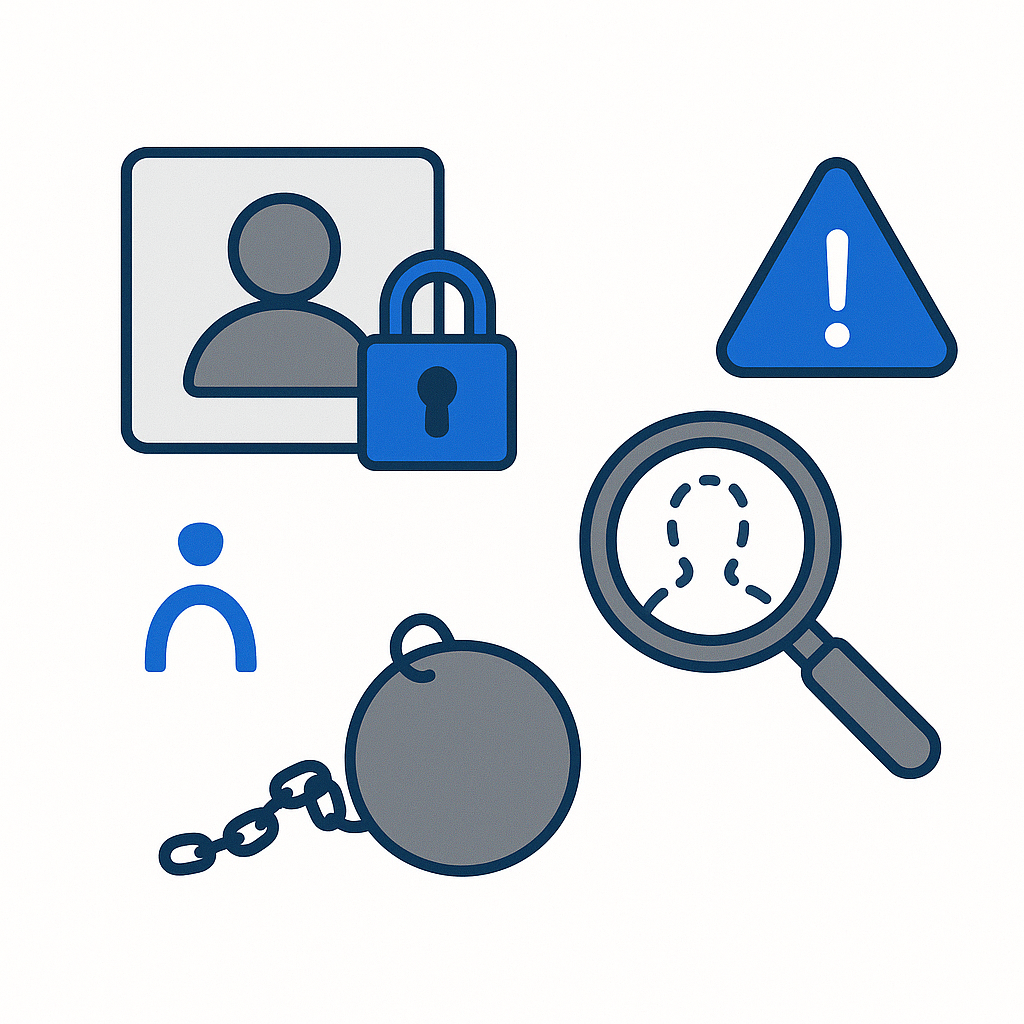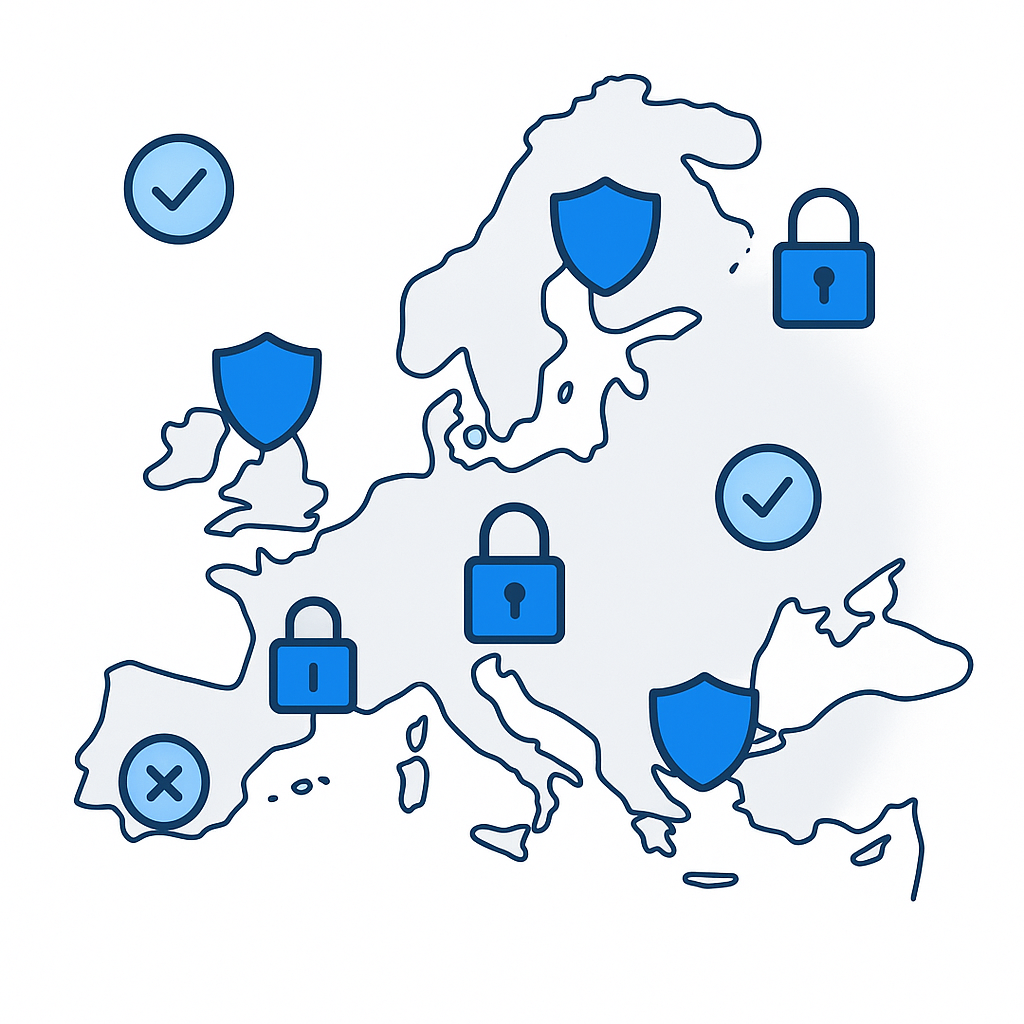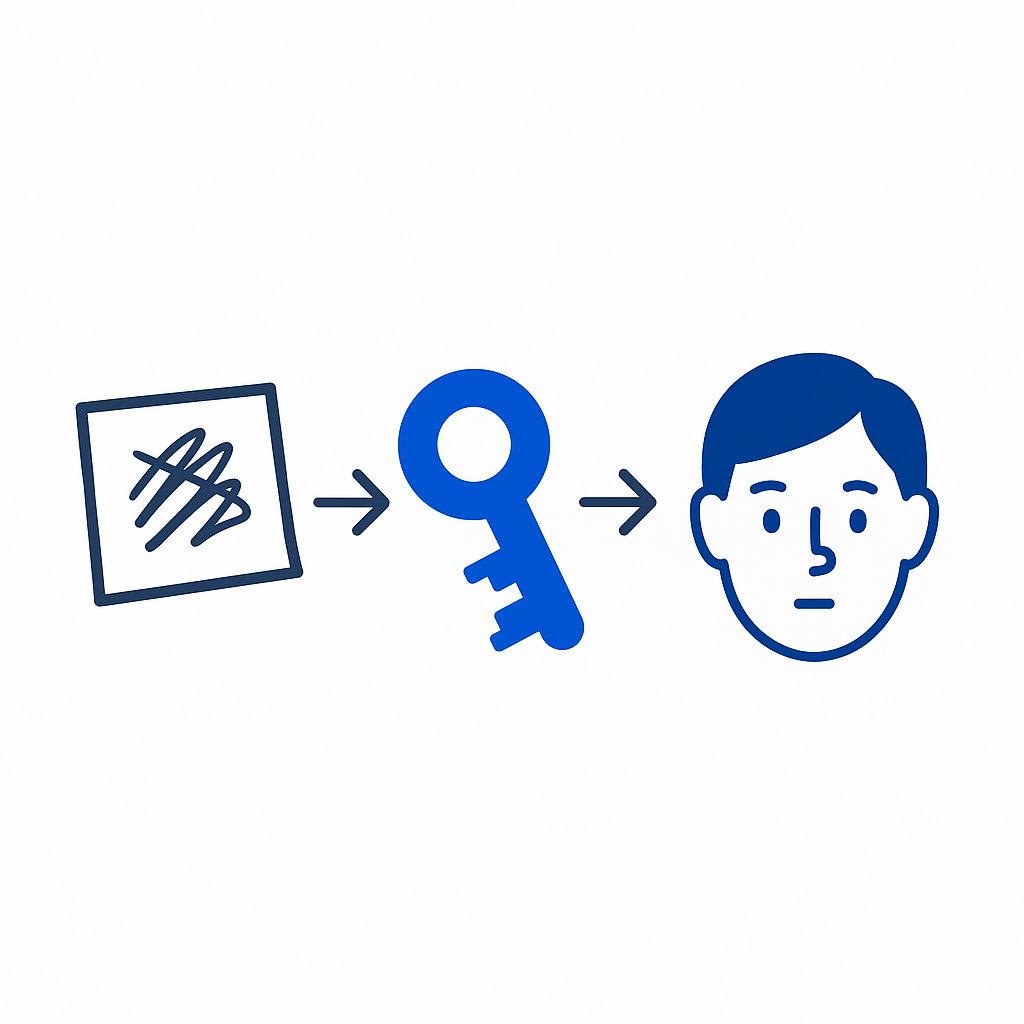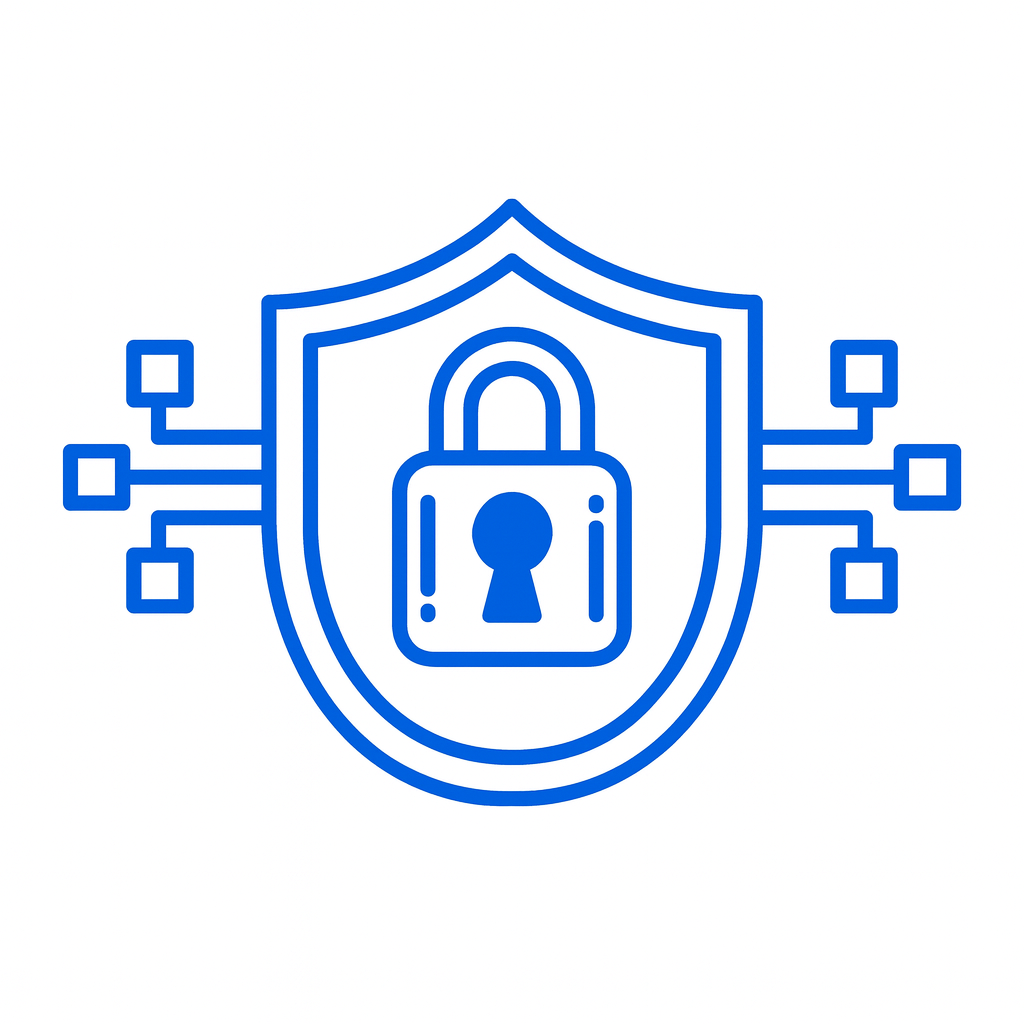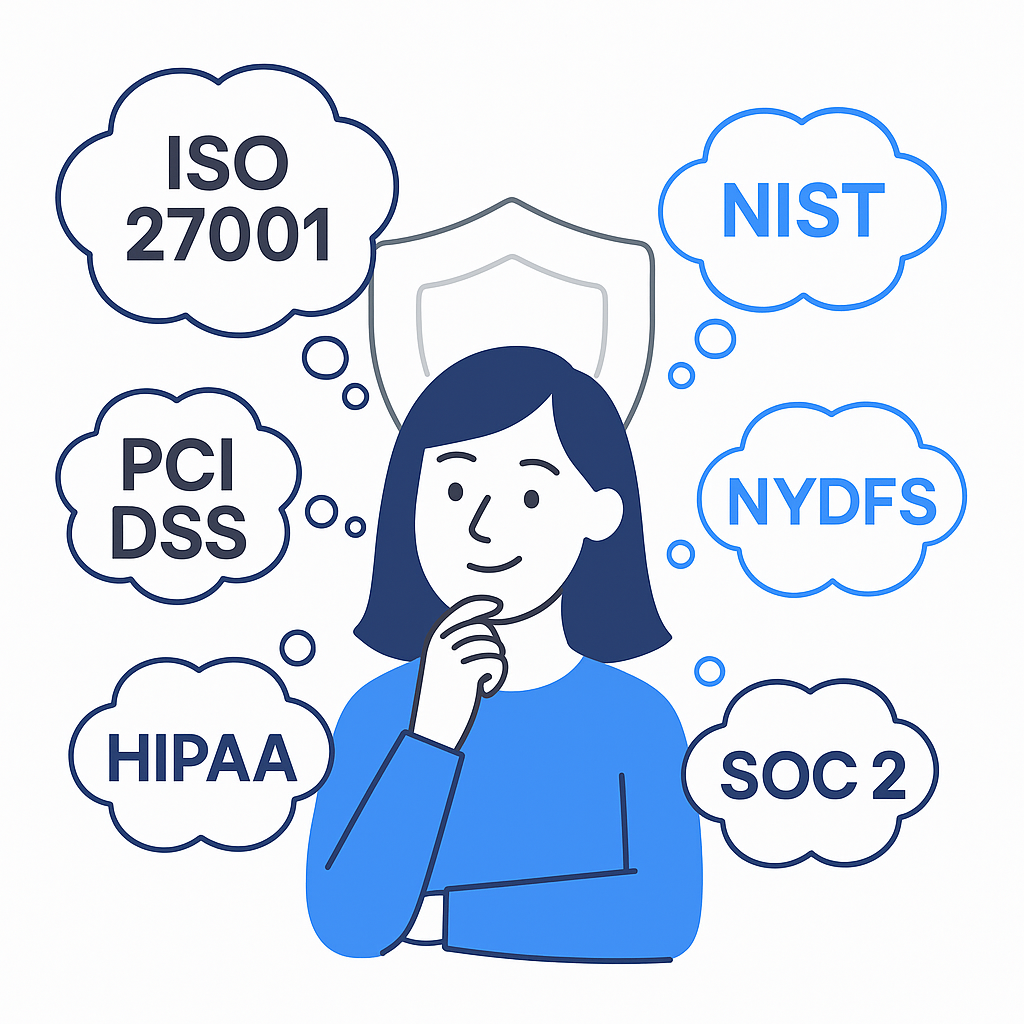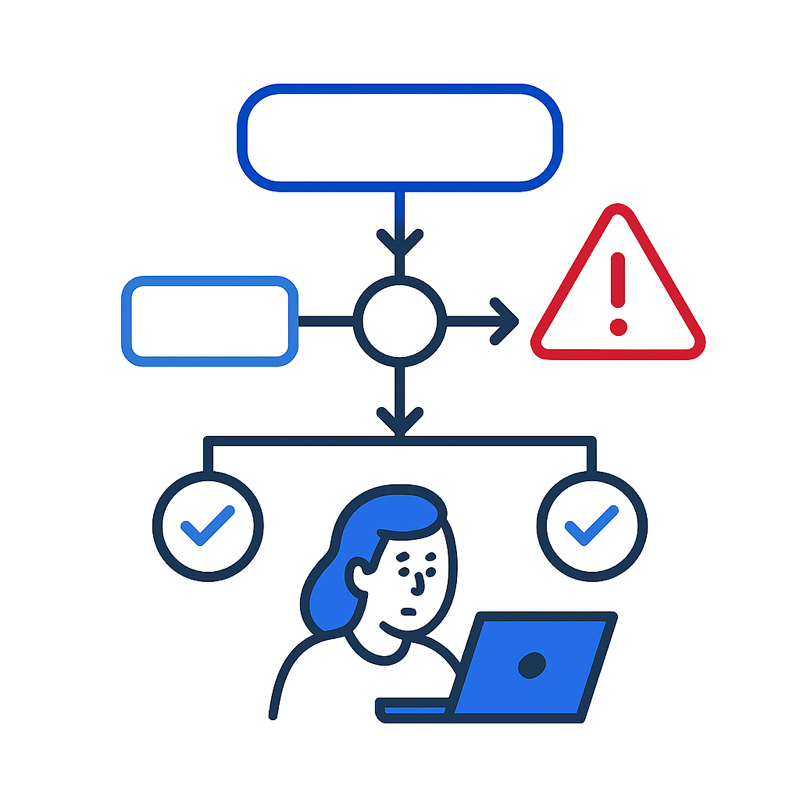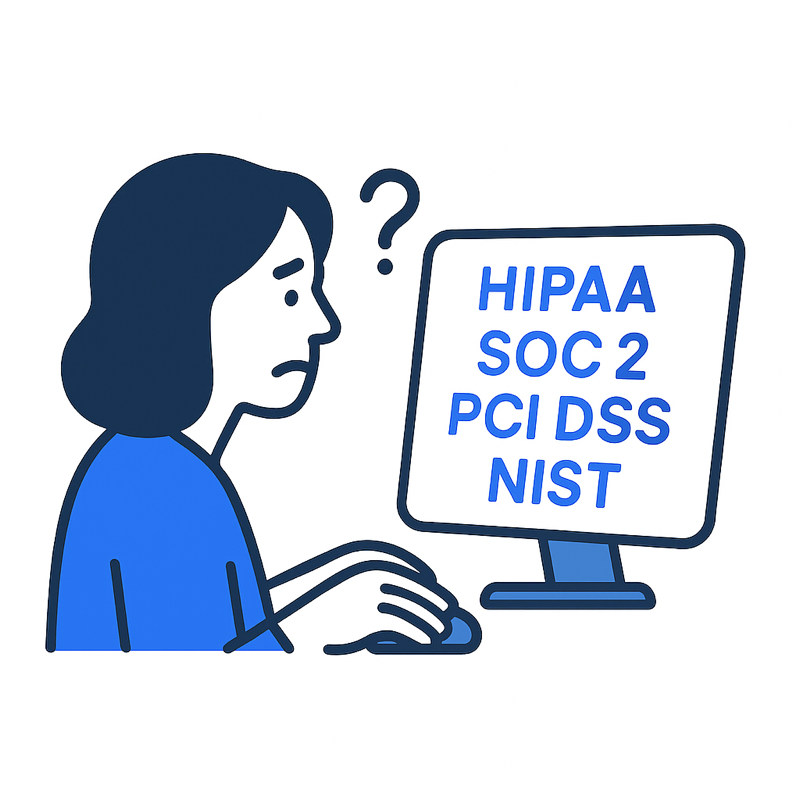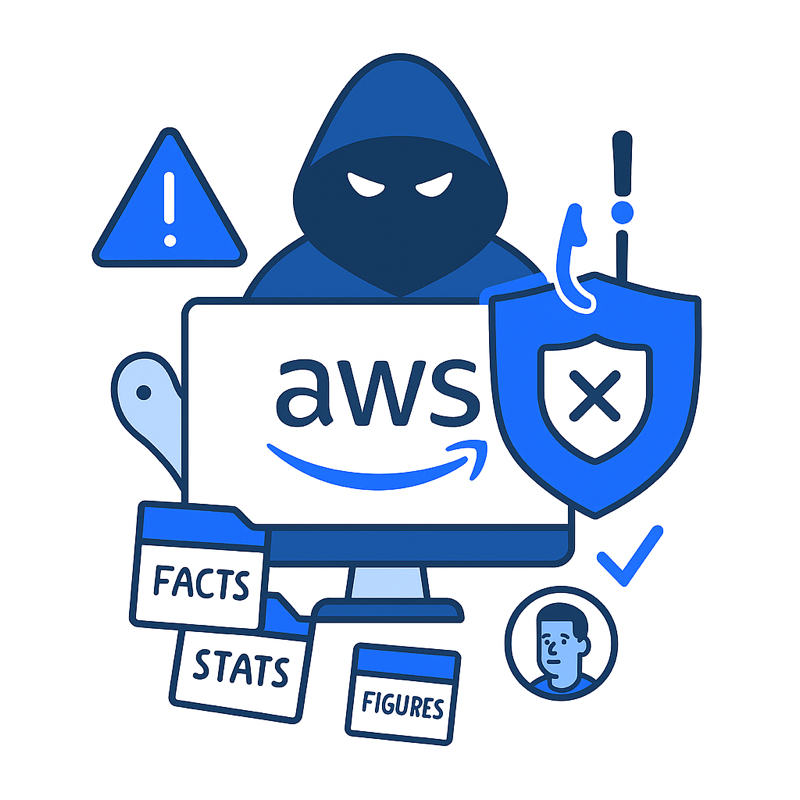Quantum cybersecurity is something we need to consider now, not in ten years' time
Quantum computing has been hanging over the security industry like the Sword of Damocles for years, somewhere between science fiction and an overdue train. We’ve all read the breathless headlines: “Quantum supremacy achieved,” “Classical encryption doomed,” “The end of secrets as we know them.” It’s tempting to file it alongside jetpacks, flying cars, and lunar colonies. But quantum cybersecurity isn’t a distant hypothetical anymore. It’s a real, emerging discipline that’s beginning to define how we think about long-term data protection and access management.
What Quantum Computing Really Is
A classical computer, whether it’s a smartphone or a cloud supercomputer, works in bits, ones and zeros, everything reducible to binary states. A quantum computer works in qubits, which can be ones, zeros, or some spooky in-between. Stack that with entanglement, where one qubit mirrors another even at a distance, and you’ve got a machine that doesn’t so much calculate step-by-step as explore multiple possibilities at once.
This doesn’t mean we’ll be running Chrome on a quantum laptop. Quantum is a specialized tool that excels at specific types of problems. Unfortunately, those problems include the solutions that cryptography has relied on for decades: factoring large primes and solving discrete logarithms. The same math that makes RSA and ECC asymmetric encryption algorithms secure today is exactly what quantum computing threatens to render obsolete tomorrow.
How Close Are We, Really?
The term “quantum supremacy” has already been crossed off the list. Google, IBM, and others have shown quantum machines solving problems that classical computers can’t handle in practice. Granted, those problems are esoteric puzzles with no practical use, but the milestone matters.
The next stage is “quantum advantage,” using quantum to solve a real-world problem better than classical machines. Early signals are flickering in materials science, chemistry, and optimization, but nothing has yet reset the way enterprises secure their workloads.
The real red flag is a “cryptographically relevant quantum computer” (CRQC). That’s the point at which a quantum system can run Shor’s algorithm to break RSA and ECC at the key lengths we actually use in production. Estimates vary wildly. Conservative cryptographers suggest we might see CRQCs in twenty years. Optimists say ten. Alarmists say five. Skeptics say never. Whatever the timeline, the message is the same: if your data has a shelf life longer than a decade, the clock is already ticking.
The Cybersecurity Fallout
For cybersecurity teams, the quantum shift doesn’t start with a futuristic machine plugged into a data center. It starts now with adversaries quietly siphoning up encrypted data under the assumption it can be decrypted later. “Harvest now, decrypt later” is already part of some threat models, particularly where nation-states are involved. Sensitive intellectual property, medical records, or government communications aren’t going to become less valuable with time.
When Cryptographically Relevant Quantum Computers (CRQCs) arrive, the impact is simple: TLS sessions, VPN tunnels, signed binaries, identity assertions, even the integrity of the blockchain are all breakable. The foundations of trust on the internet, the invisible glue holding modern commerce and communication together, become brittle. Post-quantum cryptography (PQC) is the fix, and bodies like NIST are already rolling out standards. However, migrating entire infrastructures (including applications, protocols, IoT devices, and embedded systems) onto Post-Quantum Cryptography (PQC) is expected to take years, possibly decades.
Why Identity and Access Still Matter Most
It’s easy to panic about quantum as though it’s the meteor aimed at the planet. But most breaches today don’t require anything close to futuristic mathematics. Attackers are still walking through the front door with compromised credentials, abusing over-privileged service accounts, and exploiting misconfigured access rights.
In fact, quantum makes the case for access control stronger, not weaker. Even if encryption were magically broken overnight, the damage would be contained if identities and privileges were under control. No lateral movement. No standing privileges waiting to be abused. No orphaned accounts left to rot in forgotten corners of cloud environments.
That’s where quantum cybersecurity becomes less about algorithms and more about hygiene. Who has access to what? For how long? Under what conditions? If you can’t answer that today, you won’t be able to answer it when regulators start asking what you’ve done to prepare for the quantum future.
The Journey Forward
The right response is twofold. The first is crypto-agility: design systems that can swap algorithms, update keys, and transition to PQC without breaking. That work is underway at standards bodies, browser vendors, and cloud providers.
The second, equally vital, is identity discipline. Clean identity data, clear privilege boundaries, automated access lifecycle management. These aren’t nice-to-haves, they’re prerequisites for surviving a crypto transition. When it comes time to rotate certificates, issue quantum-safe keys, or overhaul authentication flows, you want to know exactly which accounts matter, which don’t, and how to automate the change without drowning in service tickets.
Quantum cybersecurity, then, isn’t just about waiting for a black-box machine to arrive. It’s about preparing the ground today. Because when that moment does come, and it will, the organizations that already have control over their access landscape will be the ones able to adapt quickly and confidently. Those still swimming in privilege sprawl and mystery accounts will find the future arrives too fast.
Being Quantum Ready
Quantum computing isn’t going to make every problem trivial, nor will it instantly melt the internet. But it is going to force a reckoning with the way we think about encryption, data lifespans, and the trust models underpinning digital life. For IT professionals, CISOs, and engineers, the smart move is to treat quantum cybersecurity not as a future problem, but as a lens for present priorities.
Control identity. Minimize privileges. Automate lifecycle management. Build crypto-agility. These aren’t just defenses against tomorrow’s quantum attacks; they’re the same defenses that would have stopped yesterday’s breach. The future of cybersecurity isn’t waiting for quantum; it’s being quantum-ready while securing what matters today.





